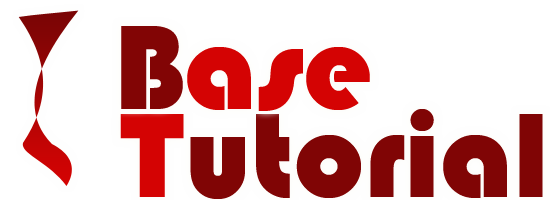Introduction of Internet:
World is endless for a human being and exploration of the whole world is not realizable, but this Unrealizable task can be possible by the use of INTERNET. Internet is very powerful tool now a days. The Internet is a global system of interconnected computer networks that use the standard Internet protocol suite (TCP/IP) to link several billion devices worldwide. The origins of the Internet date back to research commissioned by the United States government in the 1960s to build robust, fault-tolerant communication via computer networks.
Introduction of Web Browser:
The primary purpose of a web browser is to get information and resources and bring them to the user ("retrieval" or "fetching"), allowing them to view the information ("display", "rendering"), and then access other information ("navigation", "following links").
This process begins when the user inputs a Uniform Resource Locator (URL) in the browser address bar, for example http://base-tutorial-html.blogspot.in/, into the browser. The prefix of the URL, the Uniform Resource Identifier or URI, determines how the URL will be interpreted. The most commonly used kind of URI starts with http: and identifies a resource to be retrieved over the Hypertext Transfer Protocol (HTTP).Many browsers also support a variety of other prefixes, such as https: for HTTPS, ftp: for the File Transfer Protocol, and file: for local files. Prefixes that the web browser cannot directly handle are often handed off to another application entirely. For example, mailto: URI’s are usually passed to the user's default e-mail application, and news: URI’s are passed to the user's default newsgroup reader.
Although browsers are primarily intended to use the World Wide Web, they can also be used to access information provided by web servers in private networks or files in file systems.
The major web browsers are Firefox, Internet Explorer, Google Chrome, Opera, and Safari.
This process begins when the user inputs a Uniform Resource Locator (URL) in the browser address bar, for example http://base-tutorial-html.blogspot.in/, into the browser. The prefix of the URL, the Uniform Resource Identifier or URI, determines how the URL will be interpreted. The most commonly used kind of URI starts with http: and identifies a resource to be retrieved over the Hypertext Transfer Protocol (HTTP).Many browsers also support a variety of other prefixes, such as https: for HTTPS, ftp: for the File Transfer Protocol, and file: for local files. Prefixes that the web browser cannot directly handle are often handed off to another application entirely. For example, mailto: URI’s are usually passed to the user's default e-mail application, and news: URI’s are passed to the user's default newsgroup reader.
Although browsers are primarily intended to use the World Wide Web, they can also be used to access information provided by web servers in private networks or files in file systems.
The major web browsers are Firefox, Internet Explorer, Google Chrome, Opera, and Safari.
Introduction of HTML:
HTML was created by Berners-Lee in late 1991 but "HTML 2.0" was the first standard HTML specification which was published in 1995. HTML 4.01 was a major version of HTML and it was published in late 1999. Though HTML 4.01 version is widely used but currently we are having HTML-5 version which is an extension to HTML 4.01, and this version was published in 2012.
HTML is a language for describing web pages.
• HTML stands for Hyper Text Markup Language
• HTML is a Markup language
• A markup language is a set of markup Tags
• The tags describe document content
• HTML documents contain HTML Tags and plain Text
• HTML documents are also called Web Pages
HTML is a language for describing web pages.
• HTML stands for Hyper Text Markup Language
• HTML is a Markup language
• A markup language is a set of markup Tags
• The tags describe document content
• HTML documents contain HTML Tags and plain Text
• HTML documents are also called Web Pages
HTML Versions
Since the early days of the web, there have been many versions of HTML:
Version Year
HTML 1991
HTML+ 1993
HTML 2.0 1995
HTML 3.2 1997
HTML 4.01 1999
XHTML 2000
HTML5 2012
Next Chapter >
Version Year
HTML 1991
HTML+ 1993
HTML 2.0 1995
HTML 3.2 1997
HTML 4.01 1999
XHTML 2000
HTML5 2012
Next Chapter >

No comments:
Post a Comment